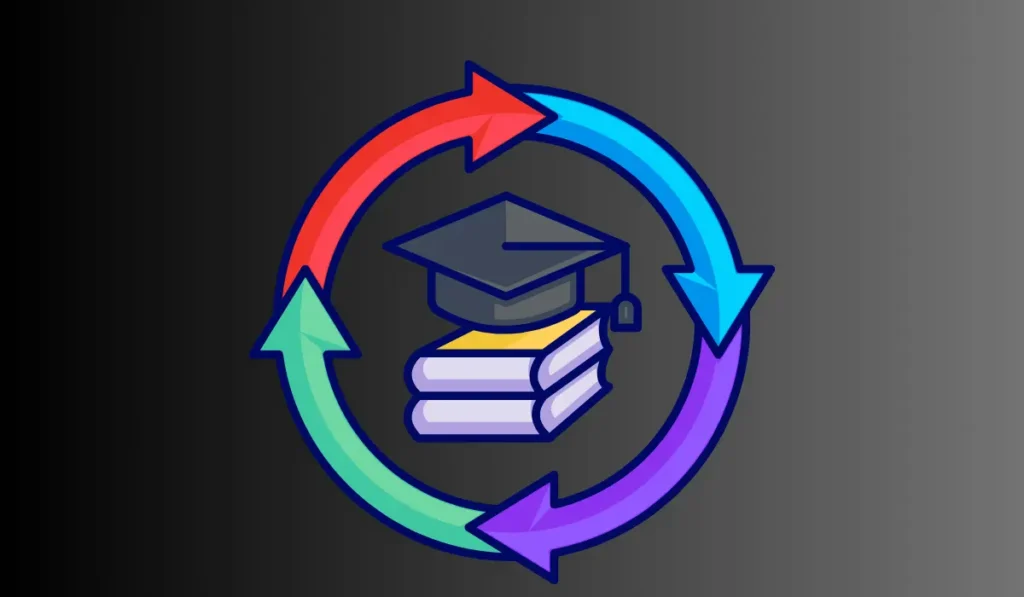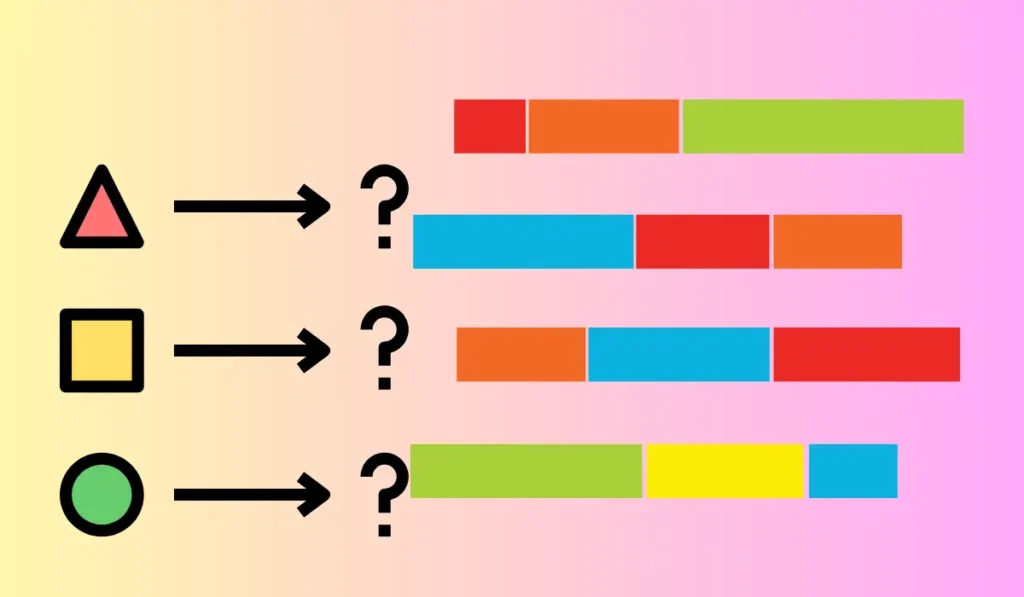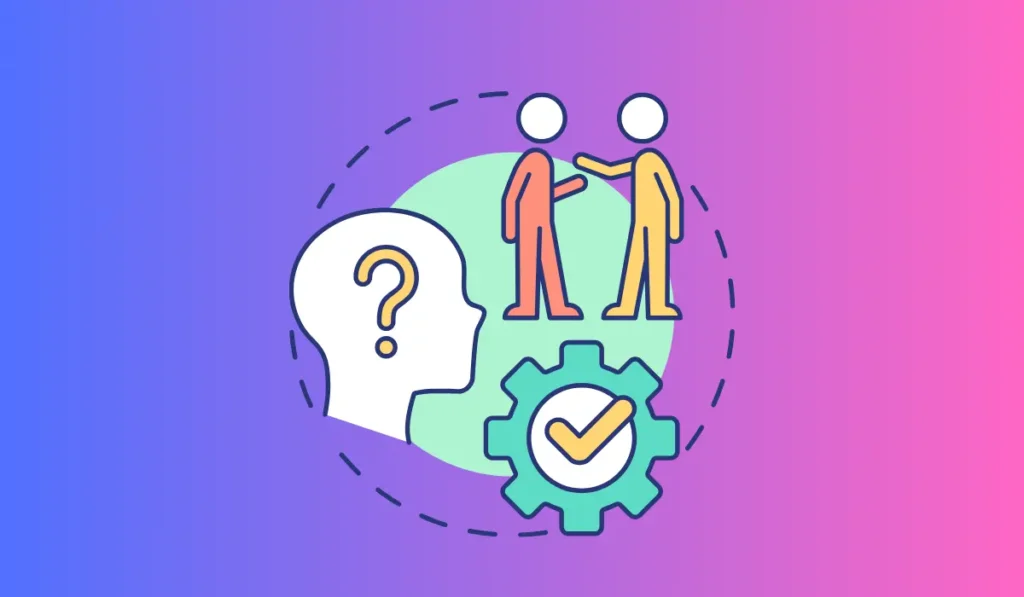A teacher who understands the key factors of teaching can provide students with a solid foundation for future academic and professional success.
Teaching factors should be innovative and involve various student-centered approaches. Engaging students in interactive learning methods allows them to be active participants in the learning process, making it more fun and exciting.
Effective teaching factors revolve around creating a learning environment that is engaging, supportive, and inclusive.

Mastery Of Content
Mastery of content is one of the essential factors that contribute to effective teaching. When teachers have mastery of their subject, they can teach with confidence and authority, which translates to better student outcomes.
Here are the key reasons why mastering content is crucial for teachers:
- It allows teachers to teach with clarity, precision, and structure: Teachers need to communicate concepts and ideas in a way that makes sense to students. When they have in-depth knowledge of their subject, they can break down complex ideas into simple, digestible pieces that students can understand.
- It promotes critical thinking and problem-solving skills among students: Teachers who have mastery of their subject can create opportunities for students to solve problems, ask questions, and explore ideas on their own.
- It boosts teacher credibility and confidence: When teachers have an in-depth understanding of their subject, they feel more confident in their ability to impart knowledge and skills to their students. This confidence translates to better classroom management and a more positive learning environment.
Strategies For Teachers To Master Their Content
Mastering content is a continuous process that requires effort and dedication from teachers. Here are some strategies that can help teachers improve their content mastery:
- Reading widely and exploring different resources: Teachers should explore different resources such as textbooks, journals, academic papers, and online learning platforms to broaden their knowledge and understanding of a subject.
- Collaborating with other teachers: Teachers can learn from each other by sharing best practices, resources, and teaching methods. Collaborating with other teachers helps to identify knowledge gaps and get input and feedback from other educators.
- Participating in professional development courses: Professional development courses provide opportunities for teachers to learn new skills, update their knowledge, and learn about the latest research in their field.
- Attending conferences and seminars: Attending conferences and seminars enables teachers to connect with other professionals in their field, learn about new ideas and methods, and gain insights into the current trends and challenges in their subject area.
Challenges Teachers Encounter While Mastering Their Content
While mastering content is essential, it is not always easy for teachers. Here are some of the challenges they may encounter:
- Keeping up with new developments and changes in their field: As new discoveries and innovations emerge, teachers need to be aware of them. This requires continuous learning and updating of their knowledge and curriculum.
- Balancing content mastery with other aspects of teaching: Teachers need to balance content mastery with other aspects of teaching, such as lesson planning, grading, and classroom management, which can also be time-consuming.
- Limited resources and support: Teachers may not have access to enough resources such as textbooks, software, or tutors to support them in mastering content.
- The complexity of some topics: Some concepts and ideas can be complex and difficult to master, which may pose a challenge to teachers.
While mastering content may pose some challenges, teachers can use different strategies such as reading widely, collaborating with other teachers, participating in professional development courses, and attending conferences and seminars to improve their content mastery.

Classroom Management
Classroom management is an essential element of effective teaching. It involves the implementation of strategies and techniques that help to create a safe, orderly, and productive learning environment for students.
A well-managed classroom provides the foundation for quality learning outcomes.
Strategies For Effective Classroom Management
Effective classroom management requires a range of strategies and techniques that support students’ physical, emotional, and academic needs. Some of the most effective strategies include:
- Establishing clear rules and expectations for student behavior
- Consistently enforcing rules and consequences for misbehavior
- Creating a positive and respectful learning environment
- Building positive relationships with students
- Using positive reinforcement to encourage and reward desired behavior
Common Mistakes Teachers Make In Classroom Management
Even experienced teachers can struggle with classroom management at times. Some of the most common mistakes teachers make include:
- Failing to establish clear rules and expectations
- Being inconsistent in enforcing rules and consequences
- Focusing too much on controlling behavior and not enough on fostering positive relationships and engagement
Teachers must use a range of strategies and techniques to promote positive student behavior, foster engagement and motivation, and enhance student learning outcomes.
Student-Centered Learning
Student-centered learning is a teaching approach that prioritizes the student’s needs and preferences, allowing them to actively participate in their own education. In this approach, teachers act as facilitators rather than just information providers.
Importance Of Student-Centred Learning In Effective Teaching
Student-centered learning is essential in effective teaching for several reasons. Firstly, it allows students to develop their critical thinking and problem-solving skills, which are crucial for academic and personal success.
Additionally, it promotes independent learning, which is a lifelong skill.
In addition, it enhances student motivation, engagement, and satisfaction with their learning experience.
Differentiated Instruction
In education, differentiated instruction refers to the process of designing and delivering lessons and assessments to engage, challenge, and support students of varying abilities, interests and learning preferences.
Differentiation enables teachers to enact a variety of teaching strategies to meet the diverse needs of students, resulting in improved academic performance, better involvement, and self-esteem.
The Role Of Differentiated Instruction In Effective Teaching
Employing differentiated instruction can have an important impact on teaching and learning. By creating an inclusive learning environment, educators can help pupils to feel valued and appreciated.
In addition, differentiating instruction aids in the retention of learners; students who understand that teachers recognize and appreciate their unique differences will be more willing to remain engaged within the classroom.

Continuous Professional Development
Continuous professional development is a vital aspect of effective teaching. It involves the aim to enhance and maintain teachers’ knowledge, skills, and expertise beyond initial teacher education throughout their careers.
It is an ongoing process that continues to develop their knowledge and experience.
Challenges Faced By Teachers
While continuous professional development is crucial for effective teaching, teachers face various challenges in engaging in the process. These challenges can include a lack of funds, lack of time, and lack of motivation.
Teachers also face challenges where they may not understand the relevance of continuous professional development.
Key points about challenges faced by teachers in engaging in continuous professional development:
- Lack of funds to attend professional development programs.
- Lack of time to devote to continuous professional development.
- Lack of motivation to continuously learn and engage in professional development.
It enables teachers to enhance their knowledge, skills, and abilities, as well as keep up to date with the latest teaching methods and techniques. Although there are challenges that teachers face in engaging in the process, it is essential to overcome them to provide the best possible learning outcomes for students.
Frequently Asked Questions
What Are The Essential Factors Of Teaching?
The essential factors of teaching include quality instruction, student engagement, communication, assessment, and fostering a safe learning environment. These factors help to produce successful outcomes in students while improving their academic, social, and emotional development.
How Can A Teacher Improve Student Engagement?
Teachers can improve student engagement by making learning interactive, using technology to supplement teaching, providing students with meaningful feedback, setting high expectations, and creating a positive learning environment.
What Is The Role Of Good Communication In Teaching?
Good communication between teachers, students, and parents is vital for success in the learning process. Clear communication builds trust, helps to create a positive classroom environment, and promotes collaboration between all parties involved.
How Does Assessment Influence The Teaching Process?
Assessment is a critical component of the teaching process. It helps teachers to identify student strengths and weaknesses, design appropriate instruction, and monitor learning progress.
What Are The Benefits Of A Safe Learning Environment?
Creating a safe learning environment helps students to feel more comfortable and secure in their learning environment. Such an environment fosters positive relationships, promotes learning, and creates a sense of community.
Conclusion
As we wrap up, we can confidently assert that teaching is an intricate process that involves various factors. Effective teaching depends on the teacher’s ability to understand students’ needs, create a conducive learning environment, use instructional strategies that align with the curriculum, and engage students in the classroom. The 21st-century classroom is diverse, and teachers must keep up with technology to enhance their teaching methods. Reflecting on one’s teaching practices is also vital in improving instructional quality. To become effective teachers, educators must constantly refine their skills to meet the needs of their students.


